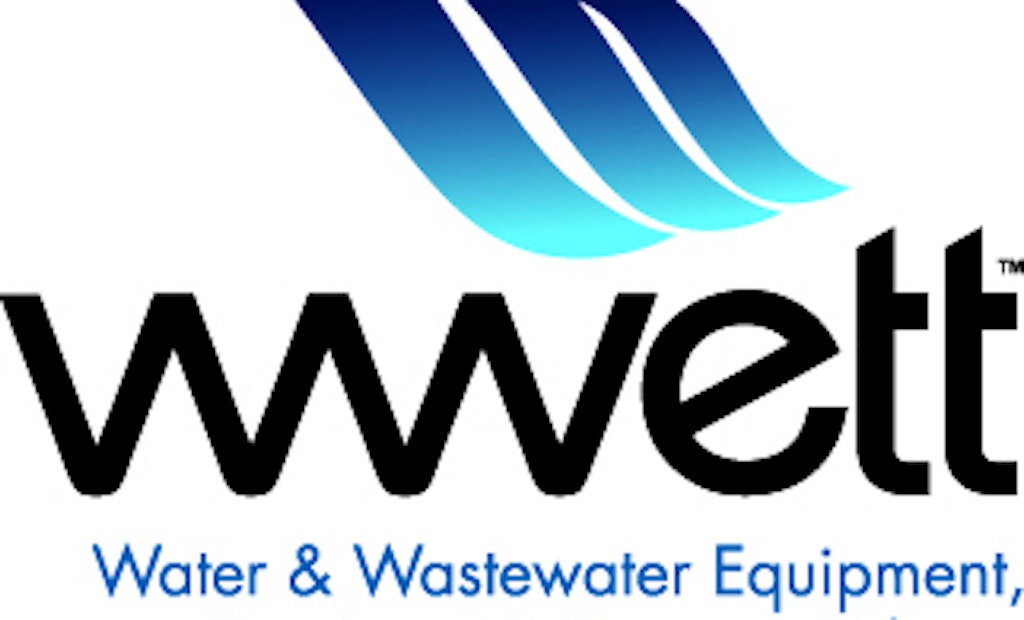Interested in WWETT Show?
Get WWETT Show articles, news and videos right in your inbox! Sign up now.
WWETT Show + Get AlertsMunicipal Sewer & Water magazine recently interviewed Dr. Adrianus Vlugman, a featured speaker at this year’s Water & Wastewater Equipment, Treatment & Transport (WWETT) Show, which will be held Feb. 23-26 at the Indiana Convention Center in Indianapolis. Vlugman is a senior advisor on water, sanitation and environmental health at the World Health Organization, and on Feb. 26, he will speak about the transfer of communicable disease in water and wastewater. Here, he offers a glimpse into his upcoming presentation.
This is part two of a four-part Q&A with Dr. Vlugman.
 MSW: Looking at the developed world — and specifically North America — how would you describe the scope of communicable disease spread by water or wastewater?
MSW: Looking at the developed world — and specifically North America — how would you describe the scope of communicable disease spread by water or wastewater?
Dr. Vlugman: The introduction of piped water supply and flushing toilet in the 19th and 20th centuries along with regular hand washing resulted in huge improvements in public health, life expectancy and reduction in child mortality.
Improvements in water supply, sanitation and hygiene behavior have now also been achieved in developing countries, where 2.3 billion people gained access to improved drinking water between 1990 and 2012. Also, here we now see a steep reduction in communicable diseases and improvements in public health.
Thanks to achievements of the UN’s Millennium Development Goals, which include water supply and sanitation, diarrhea as a cause of childhood death decreased by 50 percent from 2000 to 2012. In 1990, 1.5 million children died of diarrhea, while in 2012 that number was 600,000.
Also, vaccination programs have reduced the incidence of diseases that could be transmitted through water, like polio, which is on the brink of being eradicated from this planet. The last indigenous polio case reported in the United States was in 1980, while the last case in the Americas was reported in Peru in 1991, 24 years ago.
Water is a very effective and efficient medium to transport waste from our homes, skin and industries. And therefore good and safe water supply, sanitation and wastewater management have become an integral part of public health and primary, or preventative, health care. The word sanitation is derived from the Latin word sanitas, which means health. All professionals in the water and wastewater industry are therefore primary health care workers in preventing communicable diseases.
However, adequate management of wastewater, which is a direct result of piped water, has not kept step with improved water supply. This is especially a problem in developing countries. Disposal of partially or untreated wastewater spreads pathogens in the environment, which can survive and even multiply and infect us through drinking water, food or directly via hands.
MSW: Looking at the developing world, how would you characterize the threat of drinking water source contamination by pathogens? What additional safeguards should be used?
Dr. Vlugman: Since the 1980s, a lot of money has gone into improved and extended piped drinking water systems in developing countries. This effort received increased attention since 2000 with the implementation of the MDGs to half the population without access to safe drinking water and without access to adequate sanitation.
The Americas have achieved this goal, but when there is more piped water, more wastewater is generated. In the Caribbean, only about 20 percent of wastewater is treated before discharge. In 1992, I reviewed the operational status of wastewater treatment plants in this subregion, and found that only 20 percent operate satisfactorily. The situation has not improved significantly in the past two decades.
A main concern is that the discharge of untreated wastewater is affecting drinking water sources, so there is an urgent need to treat wastewater before discharge, to protect drinking water catchment areas and to improve treatment and disinfection of drinking water before distribution and consumption.
PAHO/WHO has promoted and supported the implementation of the Water Safety Planning concept and tools to improve drinking water quality for the consumer. WSP looks at the complete water catchment area and includes a comprehensive risk assessment and risk management approach that encompasses all steps in water recharge and impact of climate change, pollution risks of water sources, treatment and distribution and handling of water in the home — it’s a from “raindrop to tap” approach.
This multisectoral strategy involves all relevant stakeholders, ministries of health, agriculture, environment, industries and commerce, water utilities, private sector, community representatives, and more. It defines their roles and functions as it affects water resources and water quality and makes agreement how to manage this precious resource for the benefit of all users.
Interested in hearing more from Dr. Vlugman? Then attend the WWETT Show from Feb. 24-26 at the Indiana Convention Center in Indianapolis. For more information on registration, speakers, education opportunities and more, visit www.wwettshow.com.






